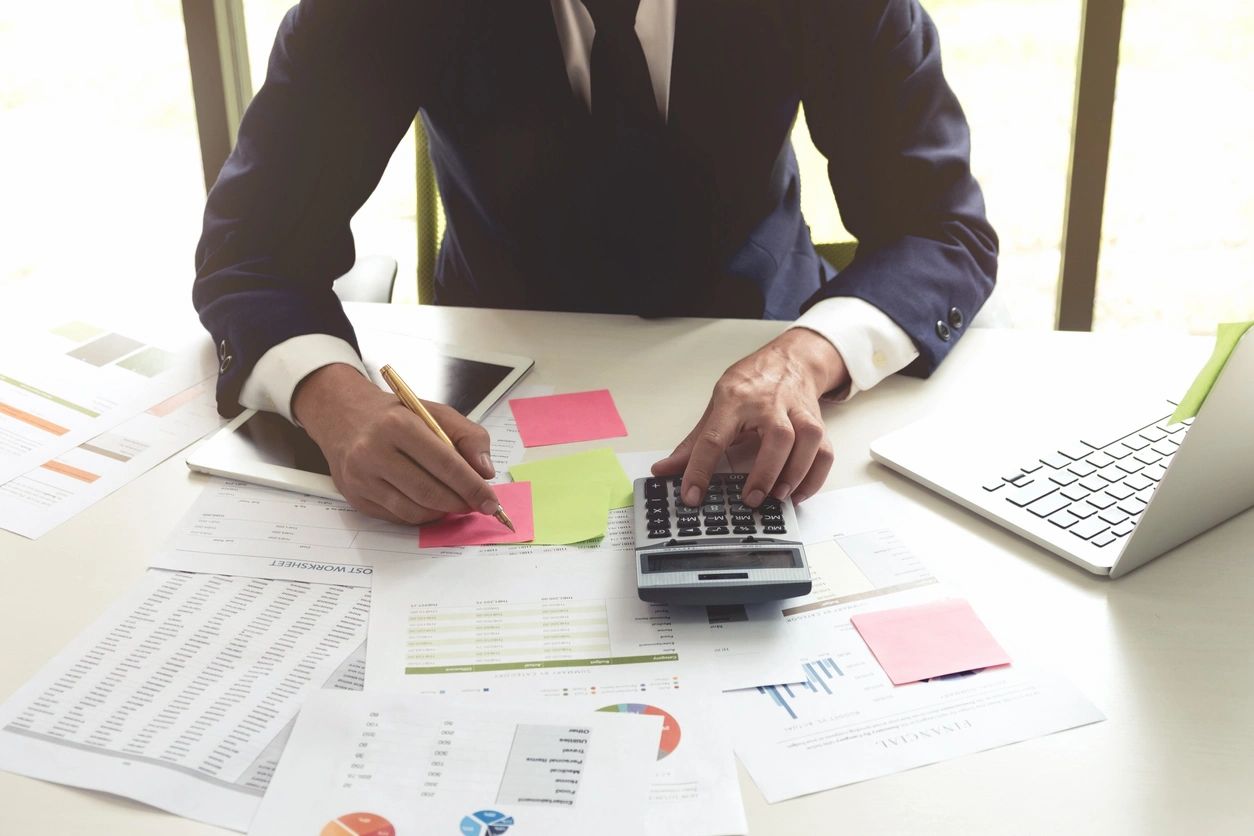The commercial real estate market has no doubt been reshaped this year as a result of the COVID-19 crisis. As one result, what was once a second tier investment option, the sale leaseback, has gained significant momentum towards becoming one of the more popular investments for 2020 and beyond.
A sale leaseback is by no means a new type of investment in commercial real estate, but rather one that has arguably been under-utilized during the last 10 years, largely because of consistent economic growth. When business is doing well and revenue continues to increase, a major investment most small to midsize businesses desire to make is to purchase the building or land that they currently lease, or to purchase a new, larger space. Owning rather than leasing has many obvious benefits with regards to the company’s financials. The most conspicuous being that rent, which was formerly an expense, now becomes burgeoning equity, thus increasing assets on the balance sheet, and making the business itself more valuable.
So exactly what is a sale leaseback and why would a company pursue this route? A sale leaseback occurs when a business that owns their real estate decides to sell the real estate to an investor who is willing to lease that same building back to them at market rate. Given what was stated earlier, why would any business do this rather than continue to grow equity in their property? For most businesses, the answer is simple–money. A business may need to free up capital for any number of reasons. This could include having cash to acquire a struggling competitor, or quite the opposite, to get their own production and services up and running again after the shutdown.
Regardless, the decision comes back to debt. Debt is the driving force behind doing a sale leaseback. Why? To understand the benefit of a sale leaseback, it is imperative to understand what a company’s current ratio means and how it alters the type and amount of debt a company can take on. Current ratio measures a company’s ability to pay short-term debt. It shows how a company can maximize the current assets on its balance sheet to pay its current debt. Current Ratio=Current Assets/ Current Liabilities, so if there are $2,000,000 in Current Assets and $1,000,000 in Current Liabilities, that calculates to a Current Ratio of two. Most companies will want their Current Ratio to be greater than one, meaning that current assets are greater than their current debt, payable within one year.
How does a sale leaseback alter a company’s Current Ratio? Assuming that the debt on the building isn’t due that year, the company is increasing their current assets, thus increasing their current ratio, which makes their liquidity higher and would allow for them to take on new debt at lower rates.
Sale leasebacks are just one way to take advantage of current low interest rates and pools of investors searching for profitable Cap Rates in the commercial real estate market. Sale leasebacks may even become a new norm for companies as they provide a sound investment for both parties in the right circumstances.

